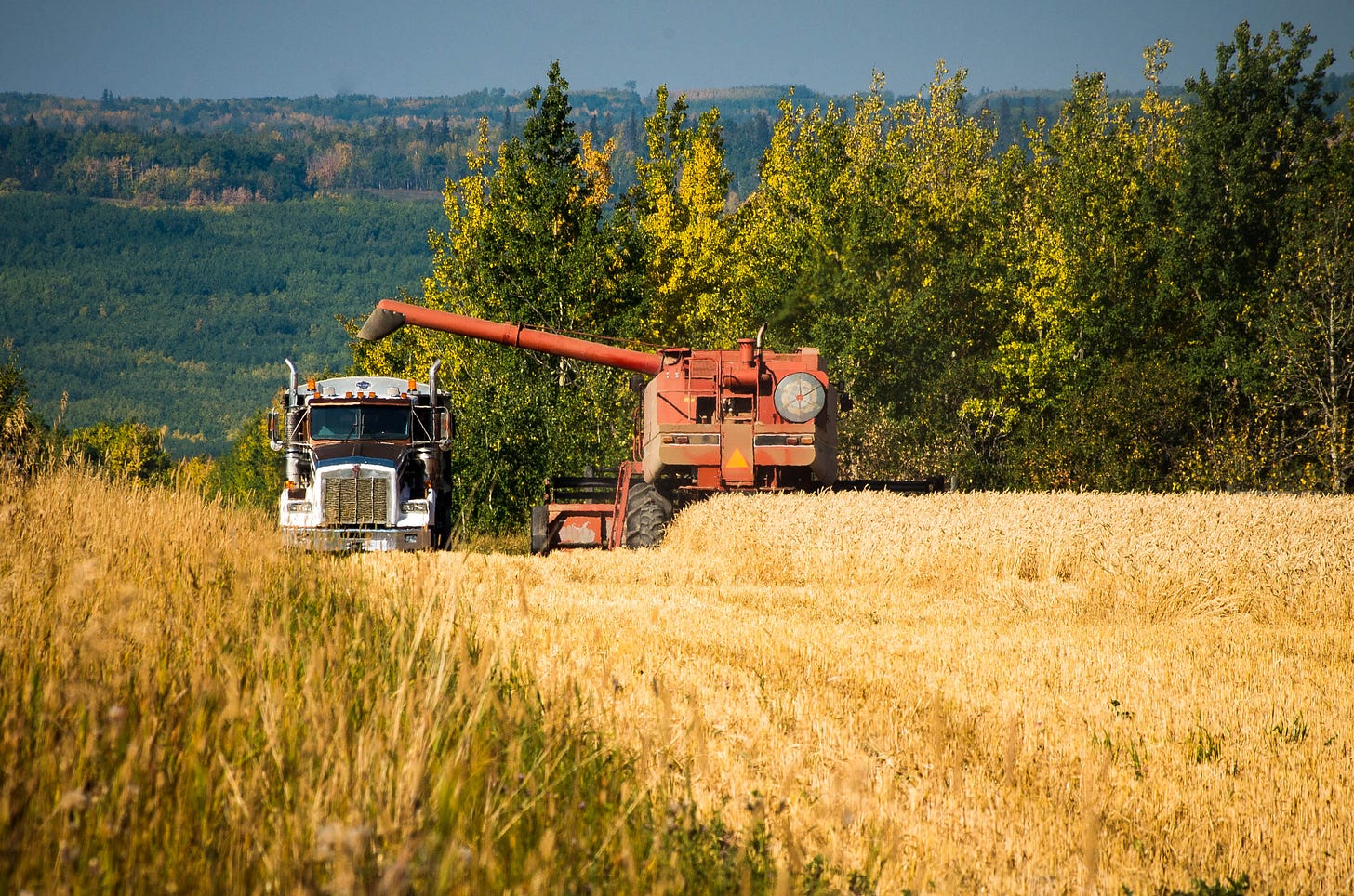Producers seeking return of Agriculture Advisory Committee
A lot has changed in the five years since the Agriculture Advisory Committee was dissolved due to a lack of participation. Since 2021, producers have repeatedly asked the Peace River Regional District to look into re-establishing the committee.
The PRRD encompasses the largest agricultural area in British Columbia, yet it doesn’t have an AAC. Throughout the rest of the province, there are 30 AACs operating.
“Things have changed, and I think it’s time we had another look at this,” Area C director Brad Sperling said at the Sept. 7 Electoral Area Directors Committee meeting. “It’s overdue.”
When the PRRD decided to no longer lend its financial support to the Farmer’s Information Service, then Area B director, Karen Goodings was concerned that producers were left without a source of information. She brought forward the possibility of re-establishing the AAC in some form, to the EADC at their Nov. 25, 2021, meeting. Goodings also had a report prepared that was presented to the May 19, 2022, EADC meeting, to encourage discussion around the possibility of re-establishing an AAC.
After that meeting, the subject was put off a number of times, until the BC Grain Producers Association wrote a letter to the PRRD board in June 2023, requesting the reinstatement of the AAC.
Area D director Leonard Hiebert, noted at the Aug. 3, 2023, EADC meeting that the Terms of Reference for the AAC would have to be updated, in order for the committee to work for everyone.
Previously, the AAC was made up of representatives from various producer groups, such as the BC Grain Producers and the North Peace Cattlemen. However, not all farmers and ranchers in the region are members of a producer organization, according to Sperling. Which leaves many without input.
“The feedback that I’m having is there’s a large disconnect between the levels of government and different associations and people in the communities as well. Especially with the hardships farmers are going through right now,” said Area B director Jordan Kealy on Aug. 3.
Since the Aug. 3 meeting, more producers have stepped up, urging the PRRD to reinstate the AAC.
“It’s very important that rural residents have a voice that is heard,” Jill Copes, a representative on the former AAC told the EADC on Sept. 7. “There are many agriculture issues that urban directors would not know anything about.”
Copes believes the desire of the agricultural community and rural residents to know what is going and have a voice was amply demonstrated at the June 8 Committee of the Whole meeting in Fort St. John. She suggested that in a reestablished AAC there be representatives from the various rural communities, who can then report back to their residents, rather than just producer groups and directors at large.
In a letter to the board, retired agrologist Jim Little and his wife Margaret, said that they would also like to see the AAC reestablished in some form, where concerns from each community can be brought forward and a plan of action established.
“The issues that are facing the agricultural community are increasing, and the voice of rural Peace residents is extremely critical,” the letter said. “It is for certain, that the rural needs and concerns are very different from the urban ones.”
The letter went on to say that it is “absolutely necessary that the agricultural concerns of all areas are understood and considered. The PRRD has a very important role to play in our communities, and it is only through discussion that the concerns of constituents can be resolved.”
Agriculture and Food Security are embedded in the Strategic Plan, Chief Administrative Officer, Shawn Dahlen reminded the directors. But it would be up to the regional board, to decide what that would look like, he said.
“If the board was in agreement to a committee, or reestablishing the committee and readjusting the Strategic Plan, then you would go into a budgetary piece for 2024,” Dahlen said.
According to Area E director and chair of the EADC Dan Rose, the board has until October to do some outreach, and ask specific questions regarding a schedule and terms of reference.
“There are some concerns. We do know that membership in specific groups is not the membership of everybody,” Rose said. “How do we get representation from those producers who are not members of other associations? And what new associations should be included? This is an opportunity to reach out.”
Director Kealy said that he is in favour of reestablishing the AAC, for several reasons. “Communication is times like now, where we’ve got difficult circumstances affecting agriculture, and it’s very complex. Financially, I think it’s sustainable to make it happen.”
Hiebert agreed, and said he is interested in hearing what producers think the terms of reference should be. “We need to look more outside of what we were doing before. We need to reach out to everybody, not just the organizations and groups.”
It was unanimously decided that the EADC would reach out to producers to find out what they would like to see in an updated Terms of Reference, and to ensure the feasibility of an AAC before re-establishing.



